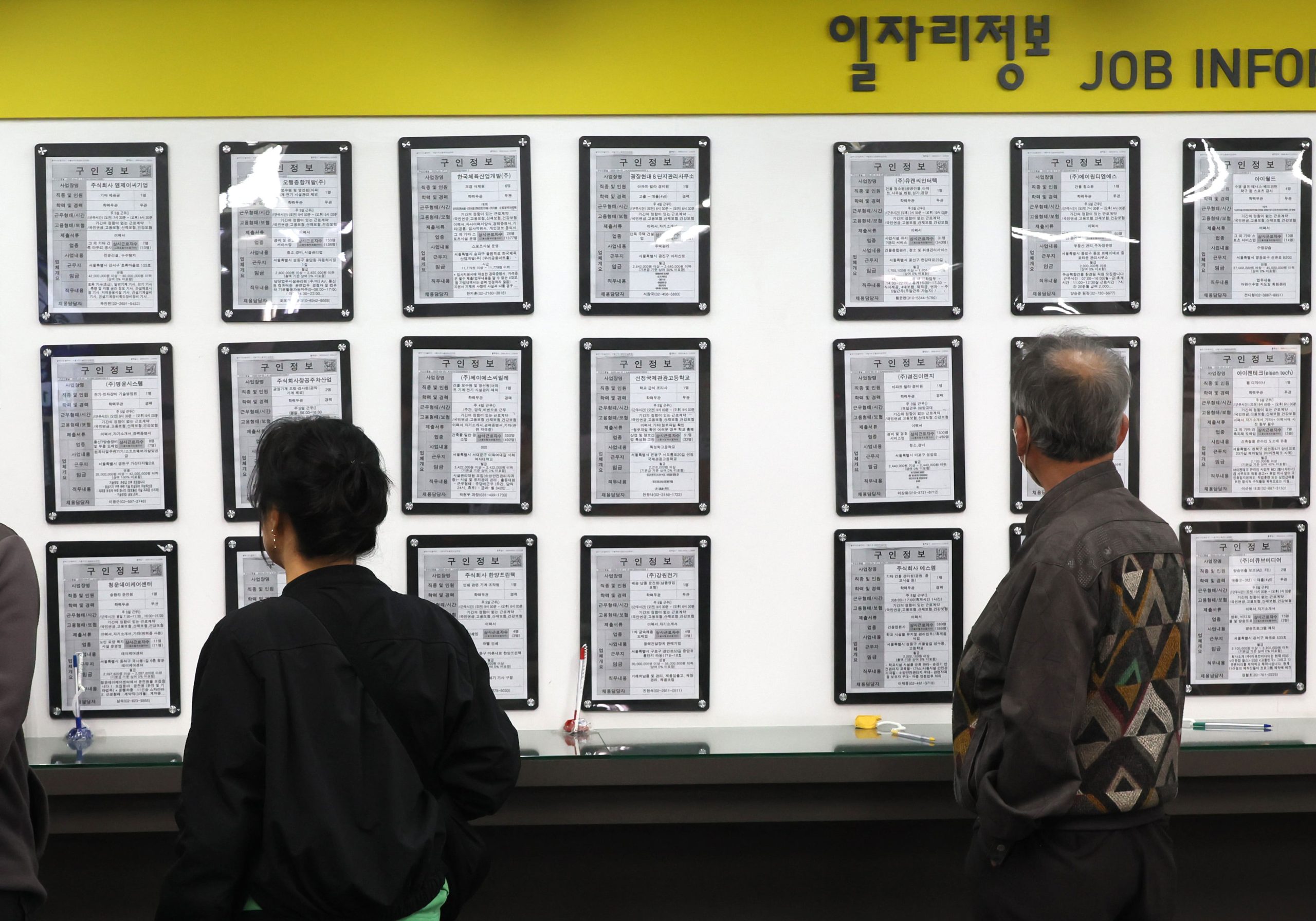Last year, in South Korea, the count of senior workers who were brought back into service post-retirement at age 60 reached an all-time high of 770,000, marking a rise of about 5% compared to the prior year and more than double what it was in 2016 following the increase in the official retirement age. Numerous firms retain experienced staff members whose knowledge continues to be vital. Extended lifespans coupled with delays until eligibility for state pensions mean ongoing work becomes crucial for many employees. Sectors experiencing worker deficits along with smaller enterprises find value in keeping seasoned professionals around as well. Consequently, this scenario turns out beneficial for everyone involved—both bosses and personnel alike.
The Democratic Party of Korea pledges to gradually raise the legal retirement age to 65, which would increase the burden on businesses, forcing them to keep workers they may no longer need. In response, companies might reduce new hires or speed up automation, shrinking job opportunities for younger workers. A better approach is to support voluntary continued employment. Japan, which entered a super-aged society before South Korea, never mandated a retirement age of 65 by law. Instead, companies can choose to extend, abolish, or replace retirement with rehiring older employees.
Because their pension income isn’t sufficient, South Korea leads among OECD countries with the highest employment rates for people aged 65 and over. However, nearly one-third (35%) of these employed elders work in poorly paid manual positions, and numerous others own small enterprises. With about 9.54 million members of the second wave of baby boomers retiring soon, the count of elderly entrepreneurs is expected to increase. This surge could intensify competition and decrease earnings, thereby escalating issues related to elder poverty and debt risk.
As it becomes commonplace for people to work into their 60s, it is crucial to create more opportunities for older employees that benefit both businesses and individuals. Extending working years through continued employment can be a more feasible approach compared to simply increasing the standard retirement age.






